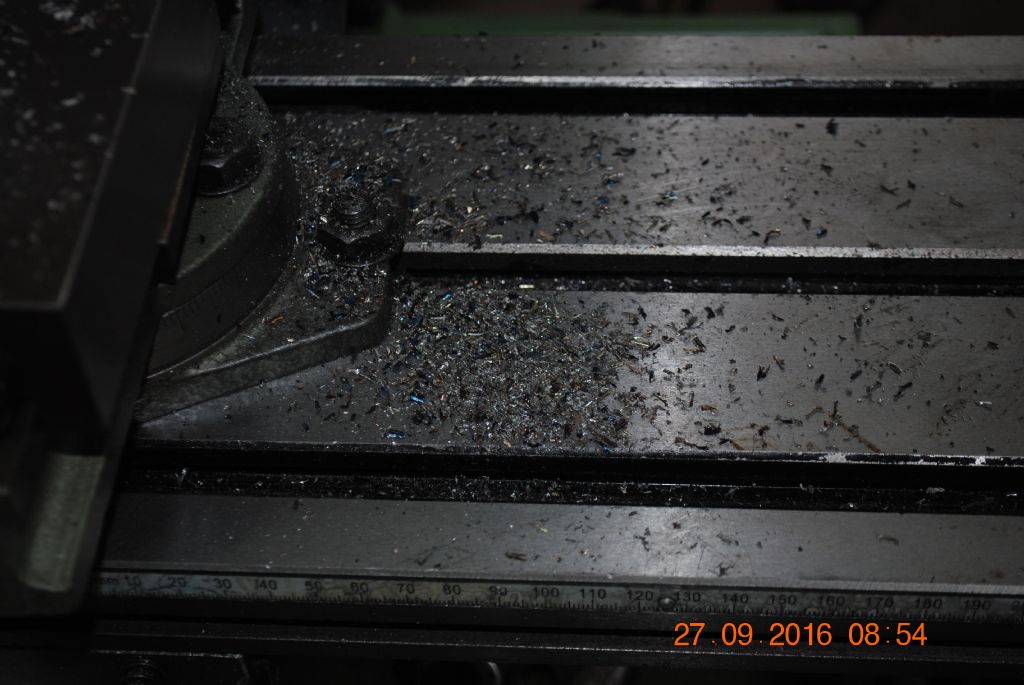Hi Sam,
I completely understand what you mean about some of the advice and instructions. It's either vague, or assumes you know what is normal. I'm just setting up a Sieg X2P and getting used to milling: I've been happy with a lathe for some time, but milling is different and requires a firmer hand I am learning. The 'slow and light will always work and is safe, even if it takes longer' approach on a lathe, does not apply so much to a mill. Bold is beautiful within reason!
It's also worth noting that there are two types ( at least ) of model engineers. Some like to do things the 'correct way' with the perfect tool (whatever the expense) and will tell you that you should really have 'done it with a 61 degree, rather than your standard 60 degree……' The other we'll tell you how they built a replica Bentley using a pen knife and a spinning top for a lathe. Both are exaggerations, but you will recognise what I mean, and it can be hard to tell which direction the advice is coming from.
If you are making T nuts, then any cutter will do the job fine- four flutes is only better than two if you have got both! Find the right speed etc to fit what you have and it will work, and there is great advice above to do that.
But you say knocking: that's not vibrating or shaking or drumming, it's knocking.
A steady thumping vibration is normal, as the cutter edge starts a new pass: too much means too much work is happening and it's uncomfortable. You can hear this thumping in the excellent videos above, and it's fine ( even if you would be very unhappy with this on a lathe). Climb milling is also a thump, but one that sounds a bit aggressive -perhaps more of a punch than a thump- I don't do it the moment, so I've yet to experience the sound of it going bad!
Knocking is a harder metal on metal sound, suggesting part of the machinery or the part you are cutting is moving. Could be the part is not held firmly, so it's is bashing against the vice, or the table. Could be the gibs are loose and the head is knocking the column, or the table moving against the bed. Knocking is nearly always a bad thing, so go round and check all the above as it will only get worse. Gibs are set differently on a mill, tighter to start with, and locked up hard on any slide that isn't required to move when actually doing something ( actually, it's not bad practice on a lathe, but few do it).
So if it's knocking- probably not a cutting feed/speed/flute problem, but a set up issue with the mill.
 Neil Wyatt.
Neil Wyatt.


.jpg)


